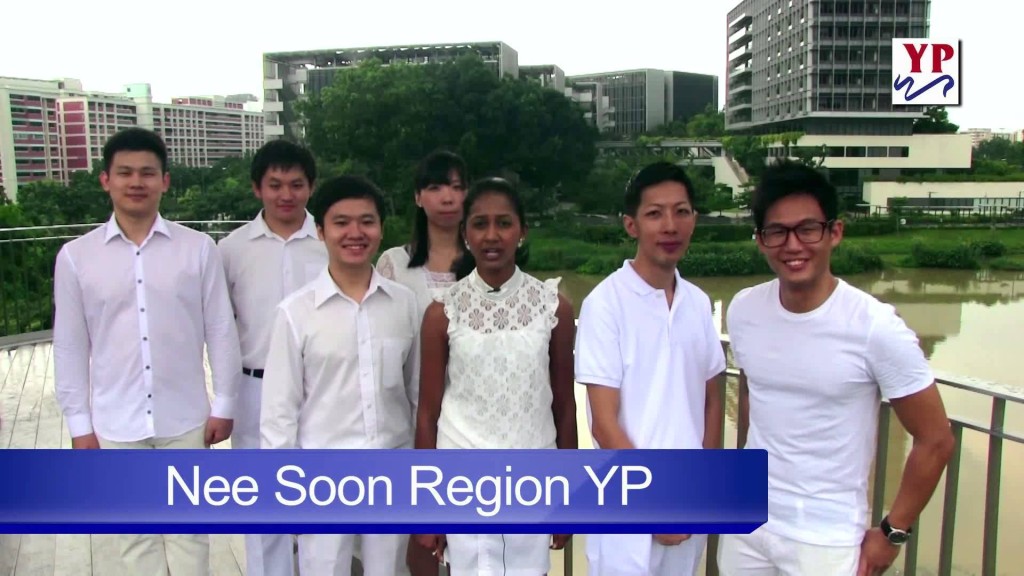Just across the narrow straits from Bali, so close that you can wake up with mesmerising sunrise views of Gunung Agung, is a large swath of land administered as the Banyuwangi regency. At the extreme end of East Java, it is at the same time similar and dissimilar to its Western neighbourhoods. A shared parentage in fire, magma and brimstone, sees its landscape wracked by seismic forces and geological pock marks of volcanic origin. The flora and fauna here, however, have developed within distinctive micro-climates and are unique in all the isles of the Republic of Indonesia.

At 36, pride as much as calories and water is the fuel on a trek up a volcano. I recall that 10 years prior, I could easily bound up and down inclines with a 30kg load a moment’s notice. Ascending East Java’s Kawah Ijen proved to a breath-taking experience in more ways than one. Leaving the group behind in a fast walk and with a staunch determination to reach the crater before sunrise and, more importantly for my pride, before anyone else in the group, my efforts were stifled a few kilometres into the journey. For the sake of dignity, I would ascribe the difficulty in breathing and in progressing forward to the increasing density of sulphur in the air.

 “Yes”, I thought to myself, the asphyxiating effects of inhaling sulphur dioxide which then reacts with the moisture in my lungs to form a dilute form of sulphuric acid must be affecting my physical performance. After all, my eyes were smarting a little and the inside lining of my lungs was stinging. Then from the shadows of twilight behind me, Trisha, a 20 something year old fellow traveller traipsed up to me to say hello, casually twirled around twice and went nonchalantly on her way up the trail.
“Yes”, I thought to myself, the asphyxiating effects of inhaling sulphur dioxide which then reacts with the moisture in my lungs to form a dilute form of sulphuric acid must be affecting my physical performance. After all, my eyes were smarting a little and the inside lining of my lungs was stinging. Then from the shadows of twilight behind me, Trisha, a 20 something year old fellow traveller traipsed up to me to say hello, casually twirled around twice and went nonchalantly on her way up the trail.

The trek up to the lip of the crater (Kawah Ijen) at Gunung Ijen was not particularly difficult but also not one to be underestimated. The majestic blue flames at the crater are the most resplendent and photogenic (why else would one hike for 5 hours if not to take an Instagram picture) in the dark. The dancing electric blue flames dance and swirl from vents at the very heart of the crater, providing those who took the effort to hike up Ijen and then down to the depths of the crater floor with a sight without compare. Although many make the trek to the crater’s edge without an air filter, one is needed to descend into the caldera or risk permanent damage to the inner lining of one’s lungs.
The National park has an area of 134 sq km and consists of 3 volcanic cones, Ijen (2,368), Merapi (2,800), Raung (3,332). The sulphur that spews from the vents at Kawah Ijen is pure here and mined for the oil refining industry. Workers start in the early morning and conclude work by afternoon when the clouds roll in. For everyone else, that is about 8am in the morning and it is at that time that most visitors also start their descent of the mountain.

Baluran National Park is the other chef attraction at Banyuwangi. A confluence of factors created a microclimate in the park that is moderately dry an resembles African grassland. This savannah stretches across 40% of the park, with a backdrop of Gunung Baluran at 1,247 m, which is an extinct volcano. The other areas of this 25,000 sq ha park, is made up of coastal and other water areas.
As a wildlife refuge, the park has seen some setbacks lately but still provides a last option for refuge from the encroaching cities for 26 mammals, including the Javan leopard and Javan Lutung. Famous for birding, the grounds have a healthy variety of 196 avian species. 
For a bucolic, restful holiday away from the crowds, Banyuwangi is just the place. From Singapore, Indonesian’s national carrier flies to Banyuwangi in 6 hours, with a transit stop at Surabaya.




![[Review] Toast the Season with Festive Cocktails at Canning Bar & Lounge [Review] Toast the Season with Festive Cocktails at Canning Bar & Lounge - Alvinology](https://media.alvinology.com/uploads/2025/12/Screenshot-2025-12-19-131616-110x110.png)





![[Review] Must-tries from TungLok Teahouse and Lao Beijing, both at Novena Square 2 [Review] Must-tries from TungLok Teahouse and Lao Beijing, both at Novena Square 2 - Alvinology](https://media.alvinology.com/uploads/2022/07/tunglok-new-menu-21-1024x576.jpg)